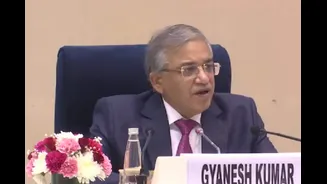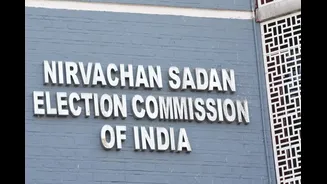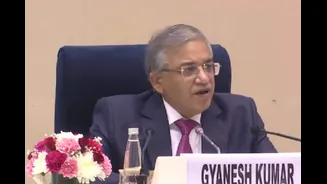New Delhi, Oct 28 (PTI) In a significant verdict, the Supreme Court on Tuesday said threatening any person to give false evidence is a cognisable offence and offered a clarification on the ambiguity of a provision
inserted in the Indian Penal Code (IPC) in 2006 that led different high courts to give contradictory interpretations.
A bench of Justices Sanjay Kumar and Alok Aradhe said from the statutory scheme, it is clear that section 195A of the IPC was conceptualised as an offence distinct and different from those under sections 193 (punishment for false evidence), 194 (giving or fabricating false evidence with intent to procure conviction of capital offence), 195 (giving or fabricating false evidence with intent to procure conviction of offence punishable with life imprisonment for life or seven years or more jail term) and 196 (perjury).
It said offences under sections 193 to 196 of the IPC require a complaint to be made only by those named in section 195(1)(b)(i) of the Code of Criminal Procedure (CrPC) and these are all non-cognisable offences.
"However, an offence under section 195A is a cognisable offence and pertains to inducing a person to give false evidence by intimidating him with the threat of injury either to his person or reputation or property or to the person or reputation of anyone in whom that person is interested," the court said.
The bench said the threat to a witness may be given long before he comes to the court, though the giving of false evidence under such a threat is in connection with a proceeding before that court.
"That is, perhaps, the reason why this offence was made cognisable so that the threatened witness or other person may take immediate steps by either giving oral information of the commission of this cognisable offence to the concerned police officer under section 154, CrPC, or by making a complaint to a jurisdictional magistrate under section 195A, CrPC, so as to set the process of criminal law in motion," the bench said.
It said requiring that person to go before the court in which the proceeding is pending in relation to which false evidence is to be given and inform it about the threat received, thereby necessitating a complaint under section 195(1)(b)(i), along with an inquiry under provisions of the CrPC, would only cripple and hamper the process.
"Section 195A of the CrPC, therefore, aimed at bringing clarity to the issue. The threatened witness or other person could approach the police or file a complaint in relation to an offence under section 195A, IPC so that the process relating to cognisable offences could commence immediately," the bench said.
It added that the undeniable fact remains that the offence under section 195A of the IPC (threatening any person to give false evidence) is a cognisable offence and once that is so, the power of police to take action in relation thereto under sections 154, CrPC (cognisable offence) and 156, CrPC (investigation of FIR) cannot be doubted.
The bench said the conundrum arises due to the fact that section 195(1)(b)(i) of the CrPC (procedure to be adopted for prosecution of offences under sections 193, IPC to 196, IPC remained unchanged even after the insertion of section 195A IPC in 2006.
"Section 195(1)(b)(i), CrPC stated that offences punishable under sections 193, IPC to 196, IPC (both inclusive) could not be taken cognisance of until a complaint in writing was made by the court concerned or by an officer authorised by that court or by a superior court," the bench said.
It said unfortunately, while making the amendment in section 195(1) of the CrPC, the lawmakers did not deem it necessary to clarify whether the offence under section 195A of the IPC was to be treated as an exception to the procedure prescribed for the other offences, referred to in section 195(1)(b)(i) of the CrPC, by excluding it specifically from the ambit thereof.
The bench said the ticklish issue of section 195A of the IPC has troubled several high courts, resulting in contradictory and inconsistent views.
It referred to orders of the Kerala and Karnataka high courts where accused were granted bail for the offence of threatening witnesses in different crimes on the ground that the procedure prescribed for the registration of the offence was not followed.
The top court set aside the orders of both the high courts, saying the interpretations of the provisions by the judges of these courts are held to be erroneous and unsustainable. PTI MNL RC















